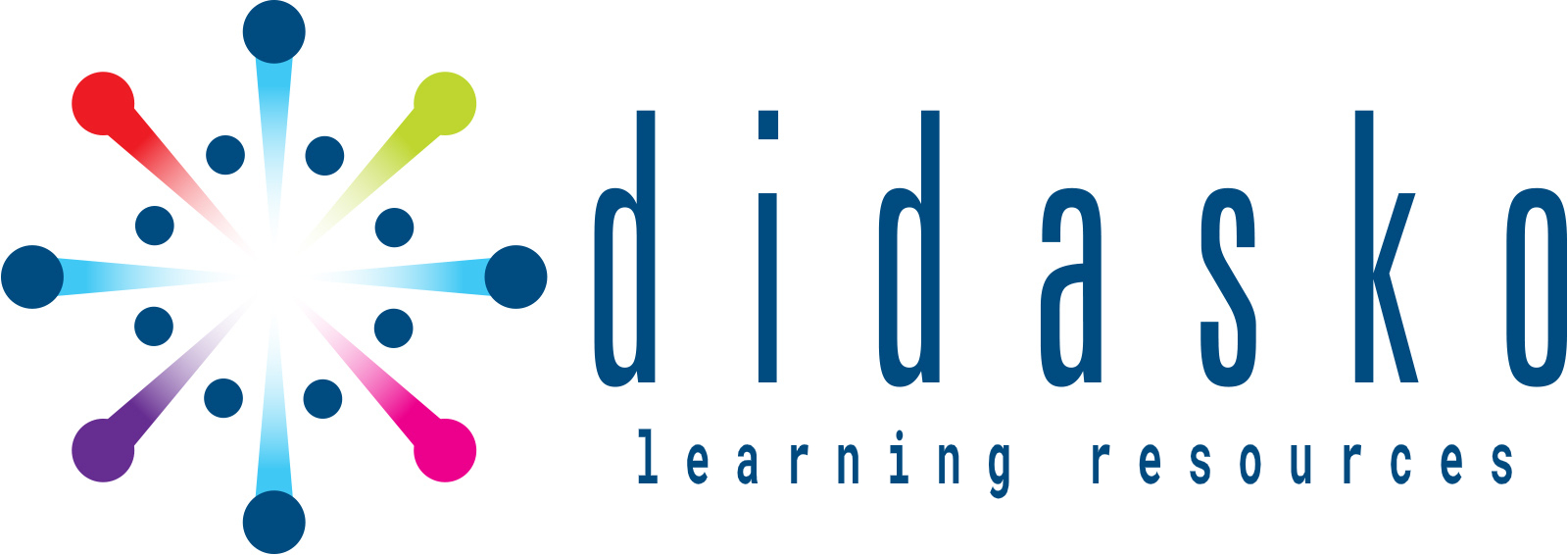What Makes an LMS Beneficial to Learning Institutions?
 March 2023
March 2023

As the world becomes increasingly digital, so too does the way we learn. This is where Learning Management Systems (LMS) comes in. In this blog, we will explain what an LMS is, its applications and how it delivers learning resources in Australia, as well as its benefits for learning institutions.
What is an LMS?
A Learning Management System is a software application designed to help educators and learners manage and deliver e-learning resources. It provides a centralised platform where educators can create, deliver and track learning materials while learners can access those materials from any location with an internet connection.
Applications of LMS
An LMS can be used across a wide range of learning institutions and corporate training programs. It also offers several applications to deliver learning resources that make them valuable assets in the modern learning environment.
P-12 Schools
In P-12 schools, LMSs manage student progress, create interactive lessons and communicate with parents and students. Teachers can create personalised learning paths for students, track their progress and assign homework and projects. Parents can access the LMS to monitor their child’s progress, communicate with teachers and stay current on school news and events.
Higher Education Institutions
Higher education institutions can use LMSs to deliver course content, grade assignments and manage student engagement. Professors can create and manage course content, give lectures and communicate with students. Meanwhile, students can access course materials, collaborate with classmates and submit assignments online. LMSs also allow for the creation of discussion forums and other interactive learning experiences, which can enhance the learning experience for students.
Corporate Training
In the corporate world, LMSs can deliver training and track employee progress. Companies can create customised training programs for employees, track their progress and provide feedback on performance. LMSs also allow for the creation of compliance training modules, which can help ensure that employees are current on industry regulations and requirements.
Vocational Education and Training (VET) Institutions
LMSs can be used to deliver and track the progress of the training programs in vocational education and training institutions. Trainers can create customised training programs, monitor the learners’ progress and provide feedback on their performance. LMSs also allow for the creation of simulation-based learning experiences that enhance the learning experience for students.
Overall, LMSs offer several applications across various fields. For instance, they provide a centralised platform for educators and learners to manage and deliver educational content online, provide personalised learning experiences and enhance learner engagement and retention. By using an LMS, learning institutions and companies can improve access to learning materials, track learner progress and reduce costs associated with traditional classroom-based training.
How an LMS Works
LMSs work by providing a platform where educators can upload course content, such as videos, documents and quizzes. Learners can access this content from anywhere with an internet connection, and the LMS tracks their progress and performance. Educators can also use LMSs to communicate with learners, provide assignment feedback, and deliver quizzes and exams.
Benefits of LMS for Learning Institutions
An LMS offers numerous benefits to learning institutions, ranging from cost savings to improved learning outcomes.
Centralised Management
An LMS provides a centralised platform for educators to manage and deliver educational content online. This allows for easier administration, organisation and tracking of learning progress, reducing the need for physical storage and tracking systems.
Cost Savings
This system can save learning institutions high costs by reducing the need for physical resources such as textbooks, handouts and printed materials. Additionally, an LMS can reduce the need for physical classroom space, thereby lowering building and maintenance costs.
Improved Learning Outcomes
LMSs offer personalised learning paths for students, allowing them to learn at their own pace and focus on areas where they need improvement. The convenience of accessing learning materials online also enables them to learn wherever they are, enhancing the study experience for students and improving learning outcomes. This can be particularly beneficial for students who may have difficulty attending traditional classroom-based training due to geographic, financial or personal reasons.
Enhanced Collaboration
It enables students and educators to collaborate on assignments and projects online, promoting peer learning and knowledge sharing. This can be especially useful in group assignments or projects where students may be in different locations or time zones.
Efficient Assessment and Feedback
Lastly, it offers automated assessment and grading features, reducing the time and effort required for manual grading. Educators can provide real-time feedback to students, identifying improvement areas and helping guide their learning journey.
Choose Moodle – Didasko’s LMS for Online Learning
At Didasko, our world-class learning resources are delivered through Moodle, designed to give educators and students the best learning experience. Equipped with multiple features to personalise learning and deliver content efficiently, education institutions can also use this LMS for online learning or in-classroom and blended settings. Get in touch with us today to learn more about this LMS and how our resources are delivered through it.




